A Helix Of Sunshine The most common element in Dutch still life paintings
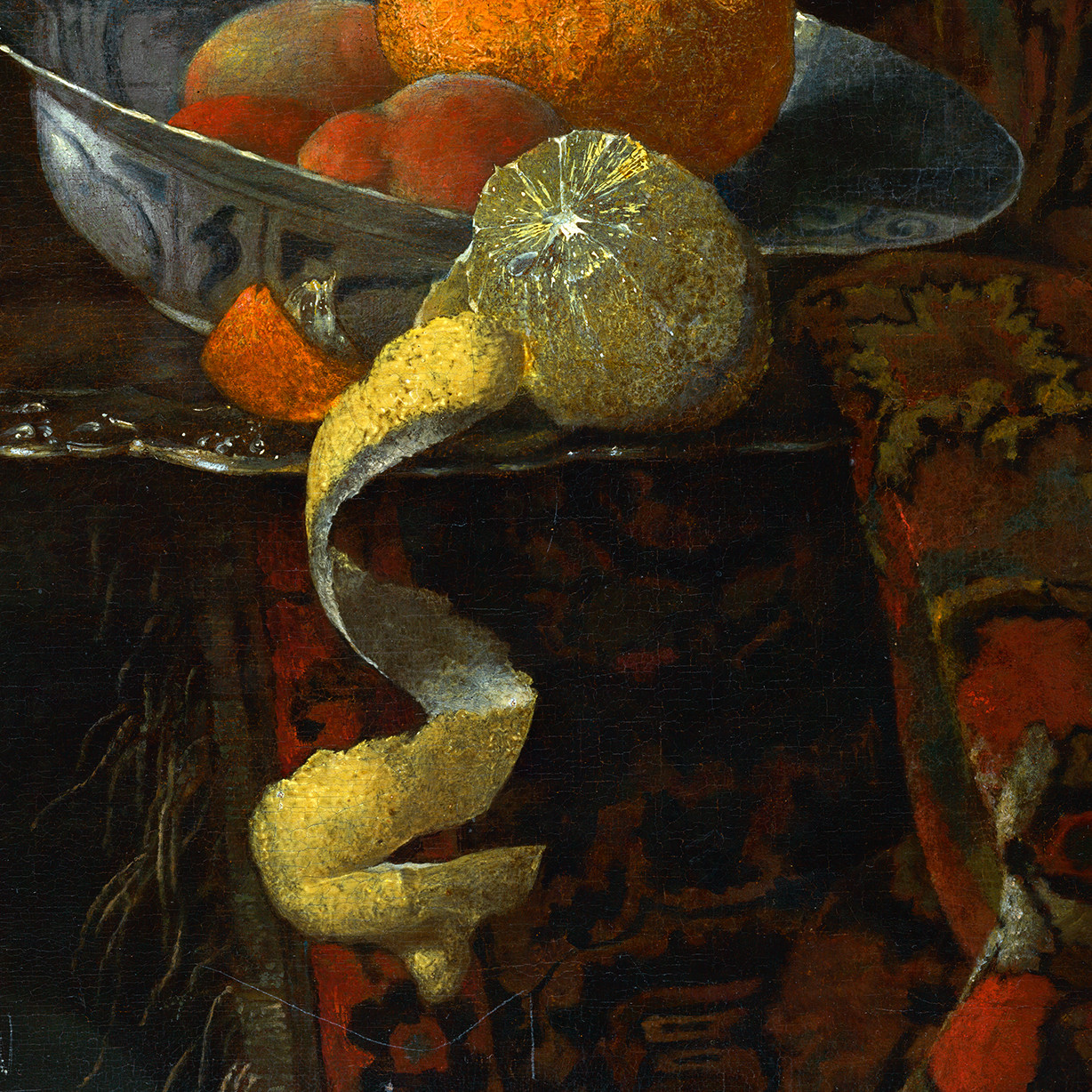
If you’ve looked at enough still life paintings from the Dutch Golden Age, you’ve seen them.
Small golden orbs dotted though the compositions.
Wafer-thin slices so fresh you can almost smell them – 350 years after they were painted.
Thin, delicately carved peels gracefully unwinding and draping over the table’s edge, like a helix of frozen sunshine.
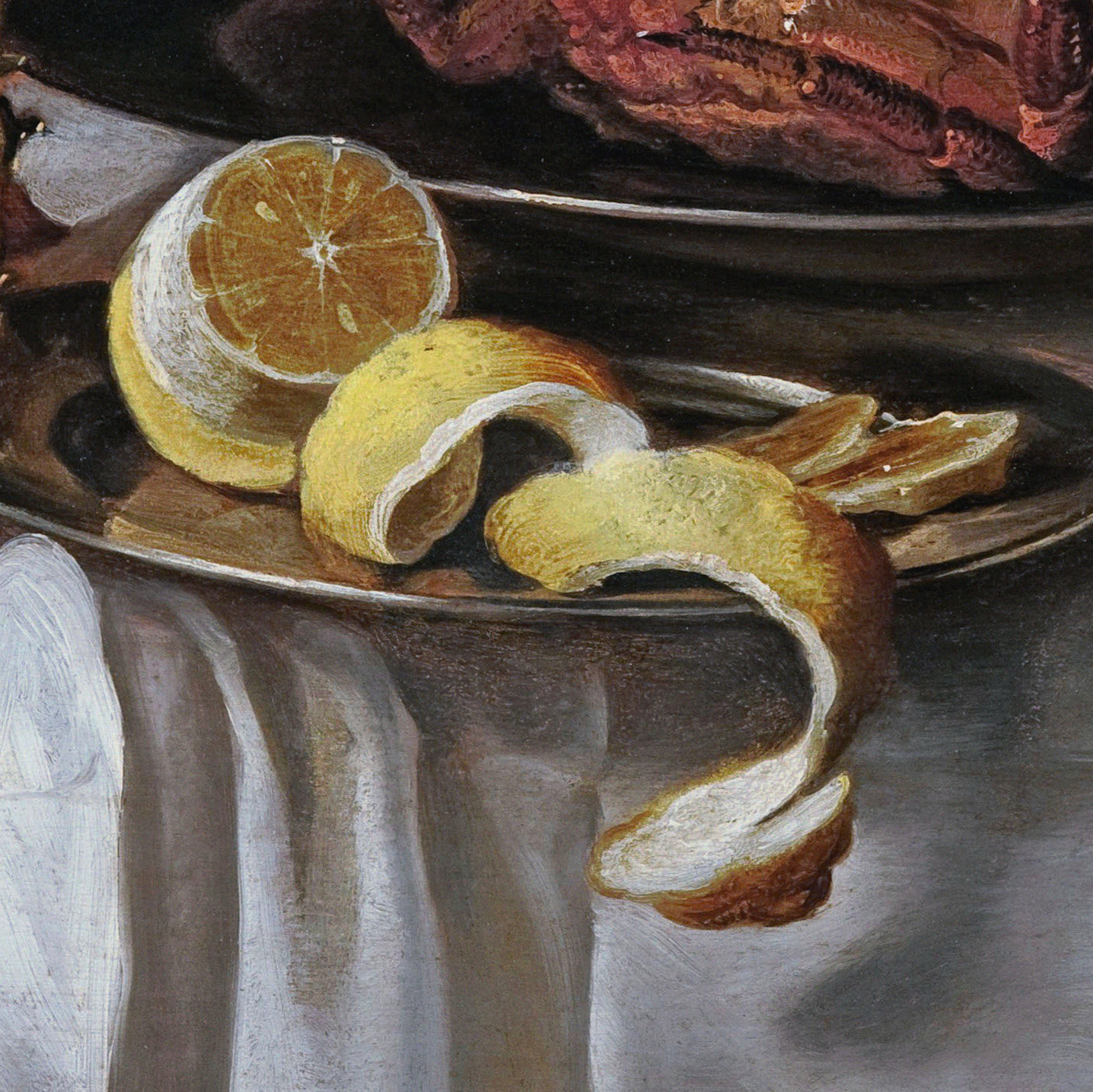
I read somewhere once that as many as half of all the still lifes painted during the Dutch Golden Age contain a lemon.
I was surprised by that frequency, but then it’s not too hard to see why – in nearly every way, lemons are the perfect fruit to paint – particularly the way these masters did it.
While there are many whole lemons gracing these canvases, it’s the peeled ones that are the most memorable.
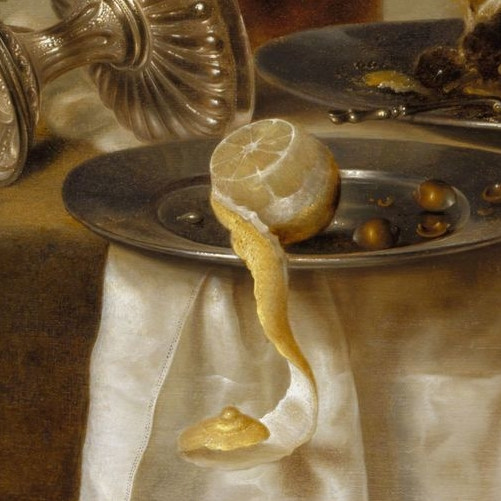
By starting at one end of the fruit and cutting a long, continuous band of the peel, a thin, beautifully curving strip results.
Many times, the artist would drape these over the edge of the table or shelf where the composition was set up, providing a way to break the line of that edge, unify different parts of the picture, and often create a strong vertical element in the design.
They’re a true test of the artist’s skill. When allowed to unfurl like this, the peel forms a helix – much like a spiral staircase. This tests the artist’s ability to paint subtle curves in three dimensions – no mean feat. The brilliant saturated color was also a challenge, at a time when there were far fewer strong, clear yellow pigments available compared to today.
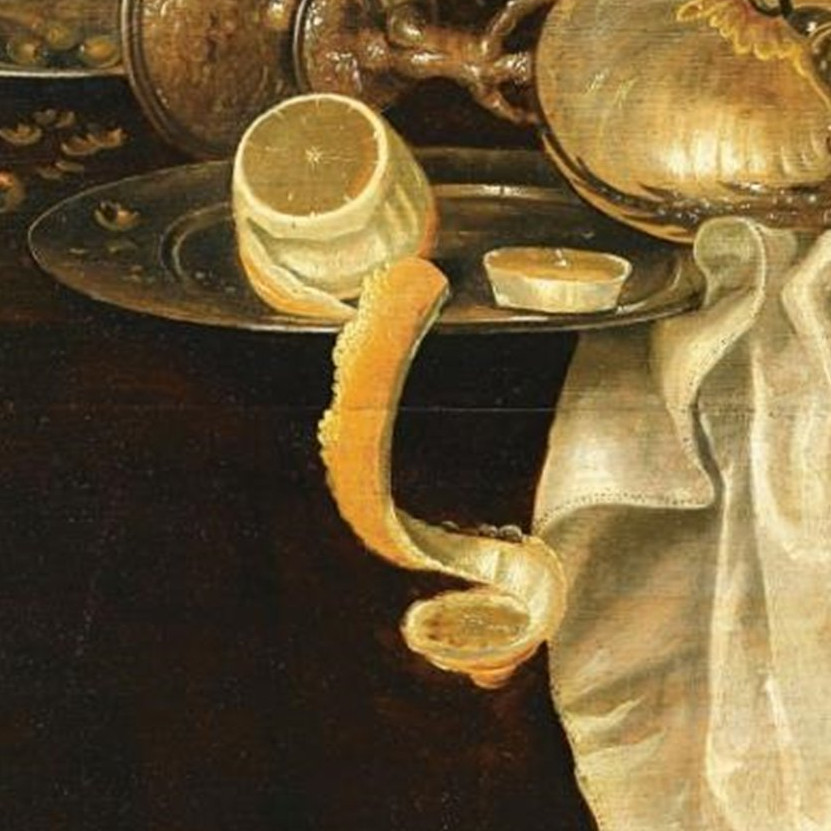
At the time many of these pictures were painted, lemons were something of a luxury item, not readily available to all. It’s not surprising, then to see them included in compositions designed to a sense of sumptuousness and opulence.
And of course, they are just plain beautiful to look at, and their very presence in a painting seems to tease the senses of smell and taste.
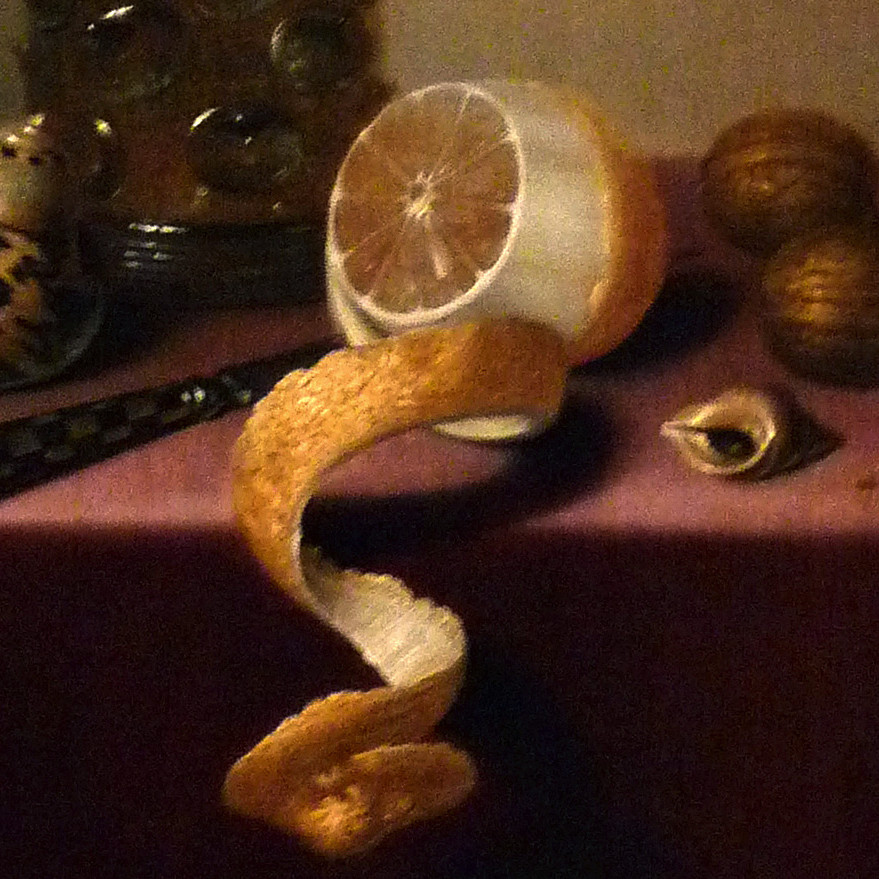
But to me, the most moving thought is that they portray the swift passage in time. If you’ve ever tried to peel a lemon in this way, you’ve seen first-hand that it never lasts. Quickly – within hours – sometimes even minutes – it begins to dry, harden, and curl in on itself.
Those fresh, sparkling peels are the most transient of things. The paintings which portray them, then, show us one very specific, fleeting instant of time, and become symbols of our own transience and ultimately our mortality.
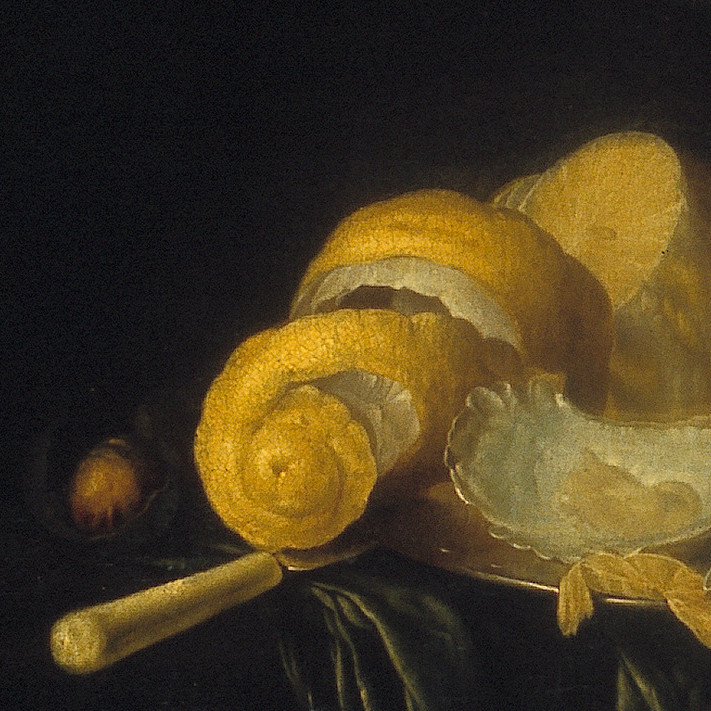
Showing us that moment, that place, absolutely unique, which will never recur again.
I find that profoundly powerful.